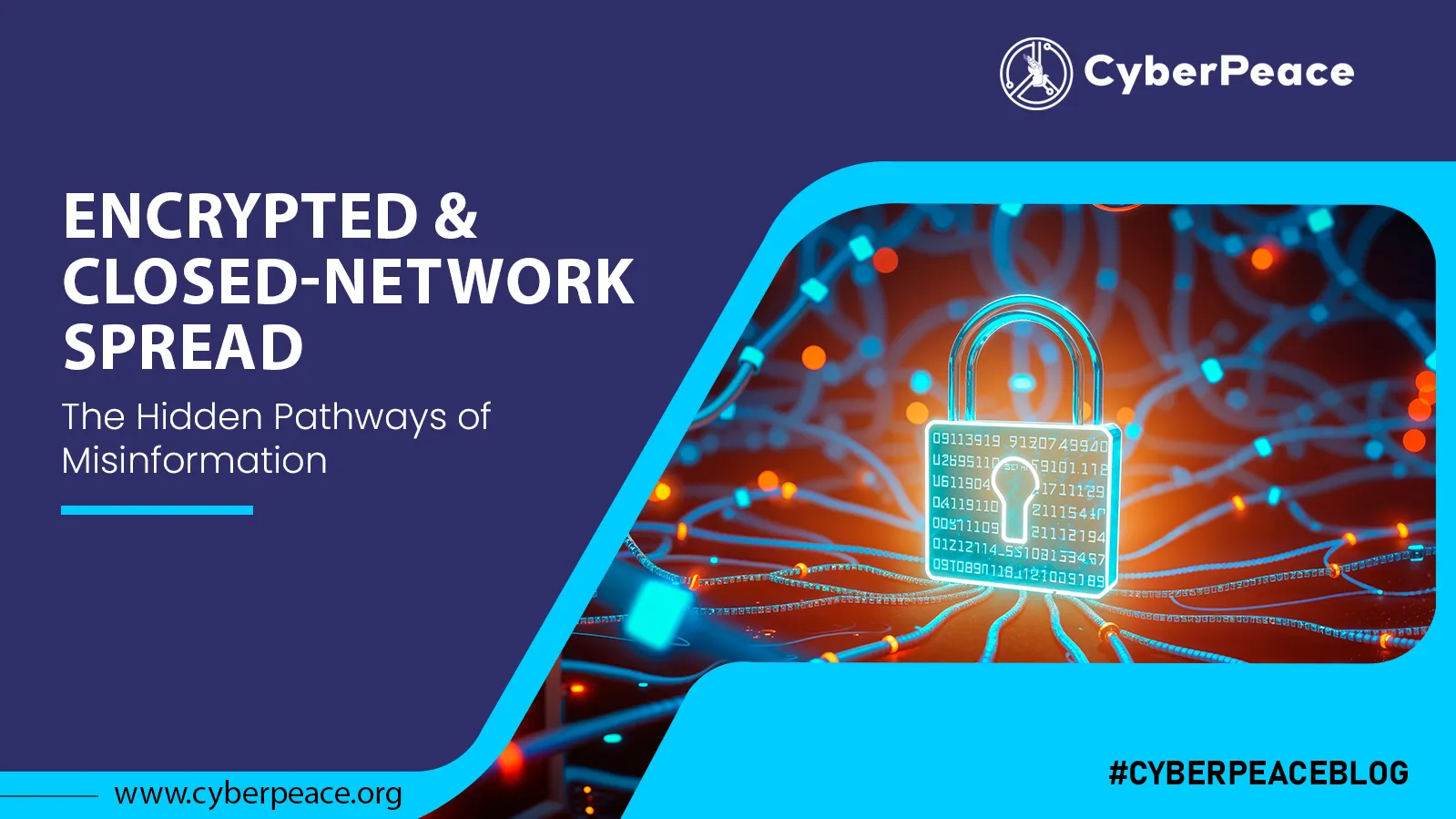Protect Your Accounts: Infostealer Malware Highlights the Need for 2FA Activation
Recent Incidents:
Recent reports are revealing a significant security threat linked to a new infostealer based malware campaign known to solely target gaming accounts. This attack has affected users of Activision and other gaming websites. The sophisticated software has captured millions of login credentials, notably from the cheats and players. The officials at Activision Blizzard, an American video game holding company, are still investigating the matter and collaborating with cheated developers to minimize the impact and inform the accounts’ residents of appropriate safety measures.
Overview:
Infostealer, also known as information stealer, is a type of malware designed in the form of a Trojan virus for stealing private data from the infected system. It can have a variety of incarnations and collect user data of various types such as browser history, passwords, credit card numbers, and login details and credentials to social media, gaming platforms, bank accounts, and other websites. Bad actors use the log obtained as a result of the collection of personal records to access the victim’s financial accounts, appropriate the victim’s online identity, and perform fraudulent actions on behalf of the victim.
Modus Operandi:
- Infostealer is a malicious program created to illegally obtain people's login details, like usernames and passwords. Its goal is to enable cyberattacks, sell on dark web markets, or pursue malicious aims.
- This malware targets both personal devices and corporate systems. It spreads through methods like phishing emails, harmful websites, and infected public sites.
- Once inside a device, Infostealer secretly gathers sensitive data like passwords, account details, and personal information. It's designed to infiltrate systems being undetected. The stolen credentials are compiled into datalogs. These logs are then sold illegally on dark web marketplaces for profit.
Analysis:


Basic properties:
- MD5: 06f53d457c530635b34aef0f04c59c7d
- SHA-1: 7e30c3aee2e4398ddd860d962e787e1261be38fb
- SHA-256: aeecc65ac8f0f6e10e95a898b60b43bf6ba9e2c0f92161956b1725d68482721d
- Vhash: 145076655d155515755az4e?z4
- Authentihash: 65b5ecd5bca01a9a4bf60ea4b88727e9e0c16b502221d5565ae8113f9ad2f878
- Imphash: f4a69846ab44cc1bedeea23e3b680256
- Rich PE header hash: ba3da6e3c461234831bf6d4a6d8c8bff
- SSDEEP: 6144:YcdXHqXTdlR/YXA6eV3E9MsnhMuO7ZStApGJiZcX8aVEKn3js7/FQAMyzSzdyBk8:YIKXd/UgGXS5U+SzdjTnE3V
- TLSH:T1E1B4CF8E679653EAC472823DCC232595E364FB009267875AC25702D3EFBB3D56C29F90
- File type: Win32 DLL executable windows win32 pepe dll
- Magic: PE32+ executable (DLL) (GUI) x86-64, for MS Windows
- File size: 483.50 KB (495104 bytes)
Additional Hash Files:
- 160389696ed7f37f164f1947eda00830
- 229a758e232aeb49196c862655797e12
- 23e4ac5e7db3d5a898ea32d27e8b7661
- 3440cced6ec7ab38c6892a17fd368cf8
- 36d7da7306241979b17ca14a6c060b92
- 38d2264ff74123f3113f8617fabc49f6
- 3c5c693ba9b161fa1c1c67390ff22c96
- 3e0fe537124e6154233aec156652a675
- 4571090142554923f9a248cb9716a1ae
- 4e63f63074eb85e722b7795ec78aeaa3
- 63dd2d927adce034879b114d209b23de
- 642aa70b188eb7e76273130246419f1d
- 6ab9c636fb721e00b00098b476c49d19
- 71b4de8b5a1c5a973d8c23a20469d4ec
- 736ce04f4c8f92bda327c69bb55ed2fc
- 7acfddc5dfd745cc310e6919513a4158
- 7d96d4b8548693077f79bc18b0f9ef21
- 8737c4dc92bd72805b8eaf9f0ddcc696
- 9b9ff0d65523923a70acc5b24de1921f
- 9f7c1fffd565cb475bbe963aafab77ff
Indicators of Compromise:
- Unusual Outbound Network Traffic: An increase in odd or questionable outbound network traffic may be a sign that infostealer malware has accessed more data.
- Anomalies in Privileged User Account Activity: Unusual behavior or illegal access are two examples of irregular actions that might indicate a breach in privileged user accounts.
- Suspicious Registry or System File Changes: Infostealer malware may be trying to alter system settings if there are any unexpected changes to system files, registry settings, or configurations.
- Unusual DNS queries: When communicating with command and control servers or rerouting traffic, infostealer malware may produce strange DNS queries.
- Unexpected System Patching: Unexpected or unauthorized system patching by unidentified parties may indicate that infostealer malware has compromised the system and is trying to hide its footprint or become persistent.
- Phishing emails and social engineering attempts: It is a popular strategy employed by cybercriminals to get confidential data or implant malicious software. To avoid compromise, it is crucial to be wary of dubious communications and attempts of social engineering.
Recommendations:
- Be Vigilant: In today's digital world, many cybercrimes threaten online safety, Phishing tricks, fake web pages, and bad links pose real dangers. Carefully check email sources. Examine websites closely. Use top security programs. Follow safe browsing rules. Update software often. Share safety tips. These steps reduce risks. They help keep your online presence secure.
- Regular use of Anti-Virus Software to detect the threats: Antivirus tools are vital for finding and stopping cyber threats. These programs use signature detection and behavior analysis to identify known malicious code and suspicious activities. Updating virus definitions and software-patches regularly, improves their ability to detect new threats. This helps maintain system security and data integrity.
- Provide security related training to the employees and common employees: One should learn Cybersecurity and the best practices in order to keep the office safe. Common workers will get lessons on spotting risks and responding well, creating an environment of caution.
- Keep changing passwords: Passwords should be changed frequently for better security. Rotating passwords often makes it harder for cyber criminals to compromise and make it happen or confidential data to be stolen. This practice keeps intruders out and shields sensitive intel.
Conclusion:
To conclude, to reduce the impact and including the safety measures, further investigations and collaboration are already in the pipeline regarding the recent malicious software that takes advantage of gamers and has stated that about millions of credentials users have been compromised. To protect sensitive data, continued usage of antivirus software, use of trusted materials and password changes are the key elements. The ways to decrease risks and safely protect sensitive information are to develop improved Cybersecurity methods such as multi-factor authentication and the conduct of security audits frequently. Be safe and be vigilant.
Reference:
- https://techcrunch.com/2024/03/28/activision-says-its-investigating-password-stealing-malware-targeting-game-players/
- https://www.bleepingcomputer.com/news/security/activision-enable-2fa-to-secure-accounts-recently-stolen-by-malware/
- https://cyber.vumetric.com/security-news/2024/03/29/activision-enable-2fa-to-secure-accounts-recently-stolen-by-malware/
- https://www.virustotal.com/
- https://otx.alienvault.com/





